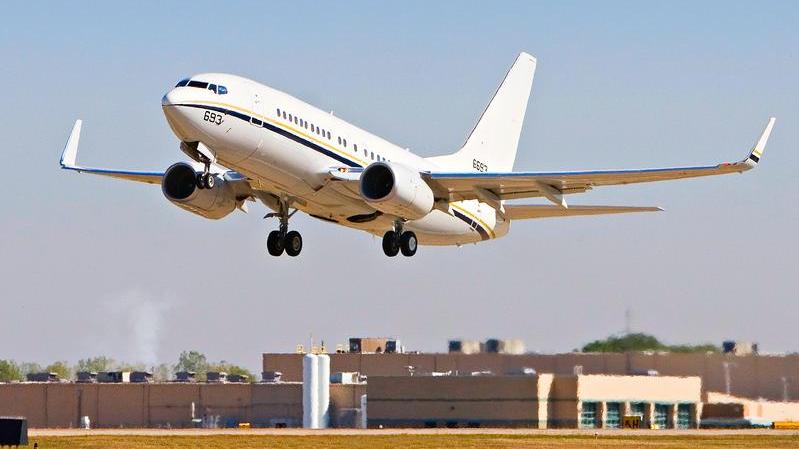F/A-18 Super Hornet:
The F/A-18E/F Super Hornet entered fleet service in 1999, as the replacement for the F-14 Tomcat. The Super Hornet is the second major model upgrade since the inception of the F/A-18 aircraft program highly capable across the full mission spectrum: air superiority, fighter escort, reconnaissance, aerial refueling, close air support, air defense suppression and day/night precision strike. The single-seat F/A-18E and the two-seat F/A-18F are high performance, twin-engine, mid-wing, and multi-mission tactical aircraft designed to replace the F/A-18C (single-seat) and F/A-18D (two-seat) aircraft as they reach the end of their service lives and retire. The F/A-18E and F/A-18F are designed to meet current Navy fighter escort and interdiction mission requirements, to maintain F/A-18 fleet air defense and close air support roles, as well as an increasing range of missions, including Forward Air Controller and Aerial Tanking, as they have proven capability to replace the S-3 as an aerial tanker. F/A-18E/F enhancements include increased range and improved carrier suitability required for the F/A-18 to continue its key strike fighter role against the advanced threats of the 21st century.

C-40A Clipper: The C-40A, a derivative of the Boeing 737-700C commercial airliner, it is a medium-lift aircraft used for Navy Unique Fleet Essential Airlift missions. The C-40A is certified to operate in three configurations: an all-passenger configuration that can carry 121 passengers, an all-cargo configuration of eight cargo pallets, or a combination of three cargo pallets and 70 passengers. The C-40A has a state-of-the-art flight deck, avionics system and engines that are Stage III noise-compliant and certified for extended over-water operations. The C-40A Clipper is flown at NAS Oceana by VR-56, the "Globemasters."
